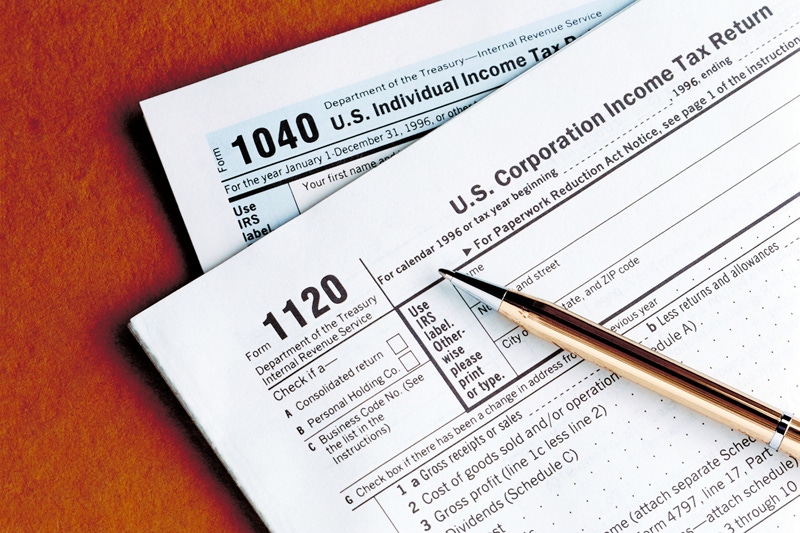December 14, 2010

As Congress debates tax policy, agricultural producers still must do tax planning before the end of the year based on the information known at this time.
“It is best to start with year-to-date income and expenses and estimate them for the remainder of the year,” says Ron Haugen, North Dakota State University Extension Service farm economist. “Do not forget any income that was deferred to 2010 from a previous year. Depreciation also needs to be estimated. It is best to try to spread out income and expenses so producers don’t have abnormally high or low income or expenses in any one year. However, caution should be used in deferring too much income because it may push you into a higher tax bracket in a future year.”
The Small Business Jobs Act of 2010 passed by Congress increased the 179 expense election and extended the bonus depreciation.
These are items to note for planning 2010 tax returns:
• For 2010, a deduction for health insurance can be made against self-employment income. Previously, you could take a deduction for family health insurance against adjusted gross income but not self-employment income.
• The five-year recovery period for new agricultural equipment (except grain bins and land improvements) reverts back to seven years.
• The 179 expense election has increased to $500,000 for 2010 and 2011. It generally allows producers to deduct up to $500,000 of new or used machinery or equipment purchased in the tax year. There is a dollar-for-dollar phase-out for purchases above $2 million.
• The additional first-year bonus depreciation is available for 2010. It is available for new property with a recovery period of 20 years or less. It is equal to 50 percent of the adjusted basis after 179 expensing.
• Income averaging can be used by producers to spread the tax liability to lower income tax brackets in the three previous years. This is done on schedule J. North Dakota farmers who elect to use income averaging for federal purposes also may use Form ND 1FA (income averaging) for North Dakota income tax calculations.
• Crop insurance proceeds can be deferred to the next tax year if a producer is a cash-basis taxpayer and can show that normally more than 50 percent of the crop is sold the year after it is produced. Producers with Revenue Assurance or Crop Revenue Coverage may receive an indemnity as a result of price declines and yield loss. Indemnities from price declines are not deferrable. If it is not itemized by line from the insurance company, contact the company to find out what part of the indemnity is from a price decline and what part is from a yield loss.
• A livestock deferral can be done for those who had a forced sale of livestock because of a weather-related disaster. Two methods can be used. In the first method, income can be deferred to the next year for all types of livestock sold prematurely. In the second method, income from livestock held for draft, breeding or dairy purposes is not taxed if like-kind animals are repurchased within four years (or more depending on weather conditions, disaster declarations or extensions) from the end of the tax year in which the animals were sold. Only the gain on the sale of those animals above and beyond what was normally sold would qualify for postponement.
• For 2010, long-term capital gains and qualified dividends have a zero tax rate for those in the 10 percent or 15 percent tax bracket and a 15 percent rate for those in higher tax brackets.
Here is what producers can do before the end of the year to limit their tax liability:
• Prepay farm expenses. Feed, fertilizer, seed and similar expenses can be prepaid. Typically, discounts are received by paying for these expenses in the fall. Producers can deduct prepaid expenses that do not exceed 50 percent of their other deductible farm expenses.
• Pay real estate taxes or interest. Paying taxes or interest can be done before the end of the year to increase 2010 expenses.
• Defer income to 2011. Crop and livestock sales can be deferred until the next year by using a deferred payment contract. Most grain elevators or sales barns will defer sales until the next tax year. Producers should be aware that they are at risk if the business becomes insolvent before the check is received and cashed.
• Purchase machinery or equipment. Machinery or equipment purchases can be made before the end of the year to get a depreciation or 179 expense deduction in 2010.
Information on agricultural topics can be found in the Farmers Tax Guide, Publication 225. It can be obtained at any IRS office or can be ordered by calling (800) 829-3676. Any questions about these topics should be addressed to your tax professional or the IRS at (800) 829-1040 or http://www.irs.gov.
You May Also Like




